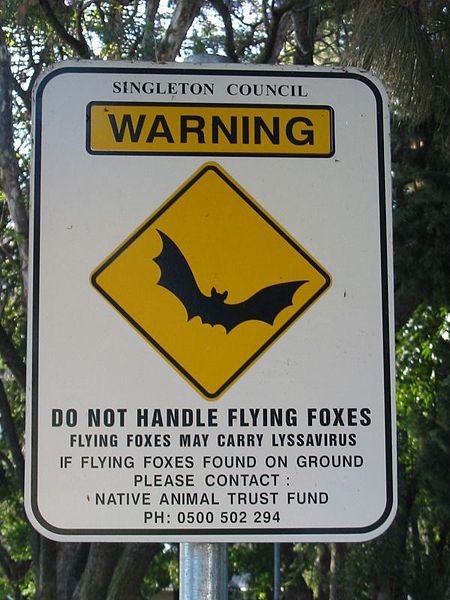About
In Melbourne, a Grey-headed flying fox (commonly known as a fruit bat) is not an uncommon thing to see.
in fact, the Australian natives are a creature you can see frequently, but this does not make the sight of a colony of up to 30,000 any less astounding to behold. Roosting in numbers up to tens of thousands, these "megabats" swarm into mass colonies during the day, and then swoop out in waves as dusk settles to spend the night feeding on Eucalyptus pollen, assorted fruit, and nectars.
There is arguably no better place to observe this mass exodus than on the embanks of the Yarra River in Yarra Bend Park.
With an average wingspan of over three feet wide, these giant, adorable sky creatures are both loved and feared. Once considered a disease-infested menace to humans and a blight on orchards, the once abundant bats are now rising steadily up the list of creatures in a worrisome decline in desperate need of conservation. In just the last century, their numbers have gone from millions to less than 350,000, victims of lost habitats, climate extremes, and of course, humans.
While the fear of the bats spreading viruses to humans was greatly exaggerated, there were three confirmed cases of the Australian bat lyssavirus (ABLV) being transmitted with deadly results. Despite the rarity, much attention has been given to public awareness, and the bats are not encouraged to roost anywhere near large populations of people.
The massive colony at Yarra Bend Park have been around—they are the same group that once took up residence in Melbourne's Royal Botanic Gardens. Relocating to the park in 2003, they seem a bit more wild in the open setting, and watching them fly out from a lookout point at the park's Bellbird Picnic Reserve is a regular evening event for park-goers.
Incidentally, the park is also a favorite roosting spot of another one of Australia's problem children of the animal kingdom in need of conservation, the drunken lorakeets.
Related Tags
Know Before You Go
Find the Bell Bird park along Yarra Boulevard and park. The bats are on the riverbank - many thousands of them. A good time to see them is around dusk when they take flight in search of food.
Community Contributors
Edited By
Rachel, Blindcolour, Simon Jones, berysd...
Published
March 15, 2013


































